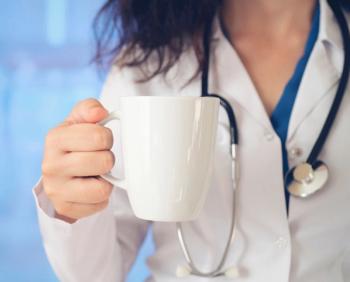
Ebola virus: What physicians need to know
Healthcare workers are in a unique position to separate the facts from the fears concerning the Ebola virus in the United States. Make sure you and your staff members are educated about the virus and able to answer any questions from patients.
Healthcare workers are in a unique position to separate the facts from the fears concerning the Ebola virus in the United States. Make sure you and your staff members are educated about the virus and able to answer any questions from patients, and are prepared in the unlikely event of an Ebola case in your practice.
Discovered in 1976, Ebola is a hemorrhagic fever thought to come from bats. Since its discovery, the virus has had five major outbreaks in West Africa, and has caused more than 2,700 deaths. Though experimental treatments have been effective in some patients outside West Africa, there is currently no cure or vaccine for the Ebola virus.
Despite the enormous amount of news coverage devoted to Ebola, it’s important to remember that actual infections are extremely rare. Ebola is not an air- or water-borne disease. According to the Centers for Disease Control and Prevention (CDC), it can be spread only through direct contact with the blood or bodily fluids of someone with the disease, with objects contaminated with the virus, or with infected animals. While the disease can take up to 21 days to incubate, it is not contagious during the incubation period. As of mid-October only two people in the U.S have become infected with Ebola, and one person had died after contracting the disease in Liberia.
The highest risk of exposure to Ebola comes from percutaneous (e.g., needle stick) or mucous membrane exposure to blood or body fluids, and direct contact with a dead body in an Ebola-affected area without appropriate
Symptoms of Ebola include fever higher than 38.6°C or 101.5°F, severe headache, muscle pain, weakness, diarrhea, vomiting, abdominal pain, and unexplained hemorrhage, according to the CDC. Symptoms usually appear eight to 10 days after exposure, but can present anywhere from two to 21 days.
Many
Changes and updates to safety protocols will be posted first on the
The American Medical Association has created an
The U.S. Food and Drug Administration also has issued
Newsletter
Stay informed and empowered with Medical Economics enewsletter, delivering expert insights, financial strategies, practice management tips and technology trends — tailored for today’s physicians.















